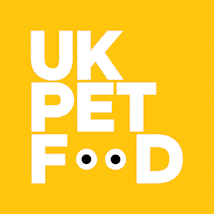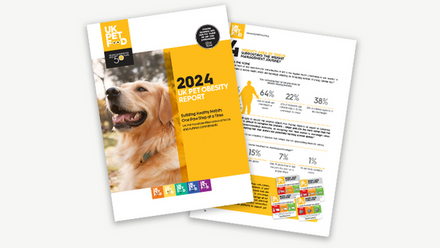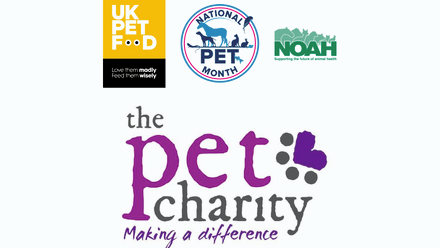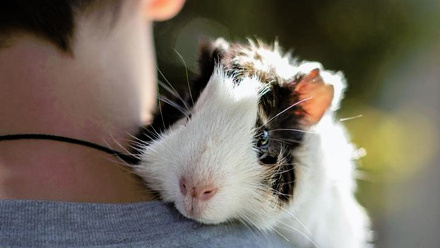PFMA announces the UK’s Top Ten Pets and acknowledges their paw-some support through the pandemic
PFMA Announces The UK’s Top Ten Pets And Acknowledges Their Pawesome Support Through The Pandemic
Celebrating its 50th Anniversary, the Pet Food Manufacturers’ Association (PFMA) announces the results of its annual pet population survey of 8000 households (1). The data confirms a stable population of 12m pet owning households in the UK (41%). PFMA would like to thank these loyal companions who are helping people through this pandemic and beyond.
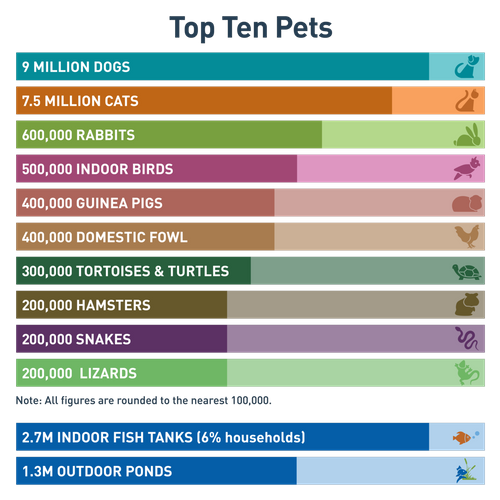
Michael Bellingham, Chief Executive of PFMA comments: “Over recent months, our lives have been disrupted by unprecedented social, economic and emotional challenges as a result of Covid-19. Throughout this period, the tremendous support provided by our pets has been widely documented. Pets have helped many of us navigate these strange times by bringing much needed comfort, happiness and routine.”
Trends expert, Joeri Van den Bergh, looked at the impact of Covid19 on pet owners: “In our Covid19 lockdown research (2) we witnessed confined pet owners paying extra attention to physical and mental wellbeing by playing with their cats and walking their dogs. Many mentioned having more time with their pets as the positive side of working remotely from home. With restricted contacts, pets turned out to be even more important companions than ever before providing a welcomed alternative for hugs from our human but distant friends and relatives.”
Fifty years ago, the budgerigar was the UK’s third most popular pet and there were only 5.1m dogs and 4.6m cats (3). Since then, the dog population has grown 76% and cat population has grown 63%. These figures transcend growth in the human population, which is 19% over fifty years. Dogs have predominantly held on to the number one spot through the years, although cats did claw their way to number one over the millennium.
HISTORICAL DOG AND CAT POPULATIONS
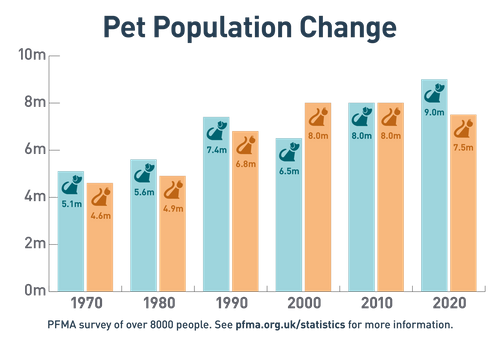
1970: Dog 5.1m / Cat 4.6m
1980: Dog 5.6m / Cat 4.9m
1990: Dog 7.4m / Cat 6.8m
2000: Dog 6.5m / Cat 8m
2010: Dog 8m / Cat 8m
2020: Dog 9m / Cat 7.5m
Michael Bellingham sums up: “Looking at the numerous positive stories of pet interaction throughout this period of change, it is likely that more people will see the benefits of pet ownership. We look forward to watching the landscape evolve further over the next fifty years. At pfma.org.uk, whether the UK is on lockdown – or not - we have excellent advice for owners looking to keep their pets healthy and well.”
If you are looking for miaow good news then you’d be barking up the right tree by visiting pfma.org.uk.
For more information on statistics, health advice or case-studies, please contact [email protected] or [email protected].
Notes to Editors
CASE STUDIES
The Flint family in Streatham: With no school or football in the park, the two boys aged 12 and 10 have spent hours longer entertaining and being entertained by their small furry companion, hamster AJ.
The Crouch family, in Wiltshire, are grateful for their two Golden Retriever dogs, Scrumpy and Digger who have helped keep their children company – long walks but cuddles too.
Miss Ellis lives in Brixton and runs a local fashion boutique which has had to close during lockdown. Her cats Tigger and Coco give great cuddles and provide a much-appreciated source of love and comfort.
References:
- 8000 UK adults were interviewed by TNS / Solus Consulting in February 2019, in face-to-face interviews.
- InSites Consulting – April/May 2020 qualitative Covid19 community in 13 countries (n=102; 18-71 y.o.)
- pfma.org.uk/historical-pet-ownership-statistics cross checked crossed checked with a 1963 figure and growth levels vs. PFMA data in 1987 'Companion Animals in Society' published by Oxford University Press in 1988 (which quotes PFMA data, pages 11 and 12).
